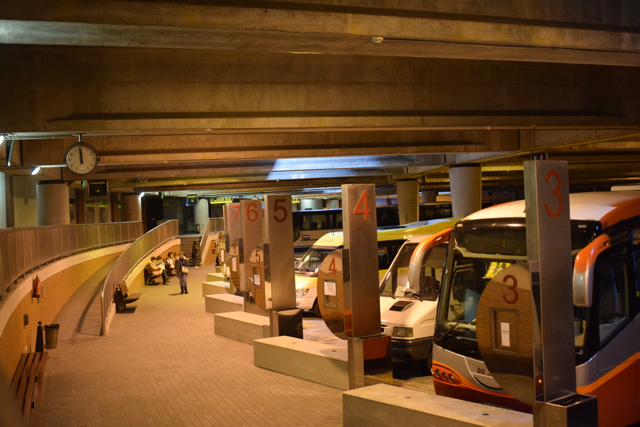The Sudoe Stop CO2 project aimed to reduce energy use at train and bus stations in South-Western Europe. By improving their energy management, the station buildings reduced their environmental impact and greenhouse gas emissions. The resulting savings could be spent on enhancing the comfort of commuters. Public transport plays an important in sustainable living and stations are key to public transport anywhere. The construction and transport sectors combined consume 60 % of the EU’s energy and produce more than 40 % of its greenhouse gas emissions.
- 21 April 2020
The Sudoe Stop CO2 project has given us a chance to develop our knowledge of energy consumption at the train stations. In this way, we know our use of energy in real time, for example by placing smart metres at the Libourne station. We can locate and handle any irregularities that we detect.
The project created an energy use measurement and monitoring tool that also allows for a comparison of results between stations, which can be used to rank stations according to their environmental impact. The tool looks at factors such as insulation, lighting, heating and renewable energy use. Thanks to the project, 58 railway and bus stations joined the Sudoe Stop CO2 network.
Better building management
Sudoe Stop CO2 used digital modelling tools for improving building refurbishment, maintenance and energy management. It showed how Building Information Modelling and Building Energy Modelling can be used to manage energy use in stations.
A total of 60 transport stations in France, Spain and Portugal were evaluated. It involved companies such as the SNCF, Infraestruturas de Portugal, Vectalia, Alsa and Transdev. The Lisbon railway station, bus stations in Sevilla and Barcelona, and the train and bus station in Porto are part of the Stop CO2 network.
In France, Montpellier and Toulouse were part of the project. Thanks to the work done there, all railway stations in France will be digitised for better building management and optimised energy use.
More energy efficiency
The energy use in the railway stations in Arcachon, Libourne, Santander, Torrelavega, Cartagena, Porto and Lisbon was analysed with the help of three-dimensional scans. These scans were used to create models for improved energy efficiency. As a result, the lighting systems were improved, solar panels installed on station buildings and monitoring systems set up.
In the stations in Cartagena and Torrelavega, the energy savings amounted to 9 % and 56 % respectively. The success of the pilot project is expected to convince station managers and the public transport administration to at least test the solutions the Sudoe Stop CO2 project offers.
The project could be a first step to establishing energy certificates for European railway and bus stations.
Total investment and EU funding
Total investment for the project “Sudoe Stop CO2” is EUR 1 173 791 with the EU’s European Regional Development Fund contributing EUR 865 555 through the “Interreg SUDOE” Operational Programme for the 2014-2020 programming period. The investment falls under the priority “Low-carbon economy”.

